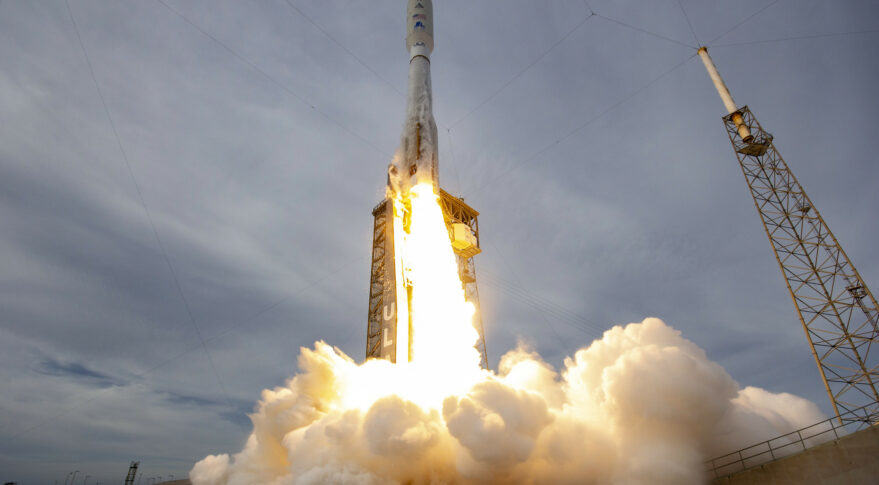
WASHINGTON — The House Appropriations Committee’s defense subcommittee on June 15 approved by voice vote a defense funding bill for fiscal year 2023.
The bill provides $761.6 billion for the Defense Department, an increase of $32 billion above 2022 funding but less than the $773 billion requested by the Biden administration. The full Appropriations Committee markup of the bill is scheduled for June 22.
The defense appropriations subcommittee, or HAC-D, approved funding for the Space Force and national security space programs largely in line with the president’s request. That includes $3.7 billion for procurement of satellites and launch services, and $15.4 billion for research, development and testing of space technologies.
The panel added nearly $200 million for national security space launch above the administration’s request. The president’s proposed budget includes $1.3 billion for three national security space launch missions (NSSL) and three launches of Space Development Agency (SDA) satellites to low Earth orbit.
The HAC-D added approximately $160 million to the NSSL procurement budget for two additional Space Development Agency launches and added $30 million to DoD’s $124 million request for NSSL research and development projects to be done in partnerships with domestic launch providers.
Funding for two additional SDA launches was requested by the agency in April to accelerate the deployment of a $2.5 billion missile-tracking constellation that the agency initially planned to start launching in 2026 but is now looking to accelerate to 2025.
SDA’s Tracking Layer, a constellation of infrared sensing satellites in low Earth orbit, has emerged as a top priority for the Pentagon amid concerns that current defense systems might not be able to detect high-speed maneuvering missiles. The Tracking Layer is envisioned as a global network of eyes in the sky that would provide a defensive shield against Russian and Chinese ballistic and hypersonic missiles.
As many as 100 satellites are planned to be added to the Tracking Layer over the next five years. Congress inserted $550 million in the Pentagon’s 2022 budget to speed up the project. DoD’s budget request for fiscal year 2023 includes $500 million for the Tracking Layer.
